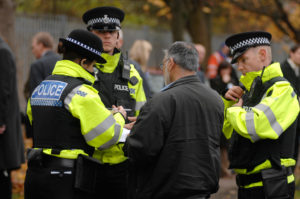Met’s anti-violence scheme mostly targeted teenagers and Black people
Published on 22 December 2021

The operation bears similarities to the Met's controversial Gang's Matrix, campaigners say
Reports Mirren Gidda and Fiona Hamilton, Crime and Security editor of the Times. Edited by Eleanor Rose, Liberty Investigates editor.

